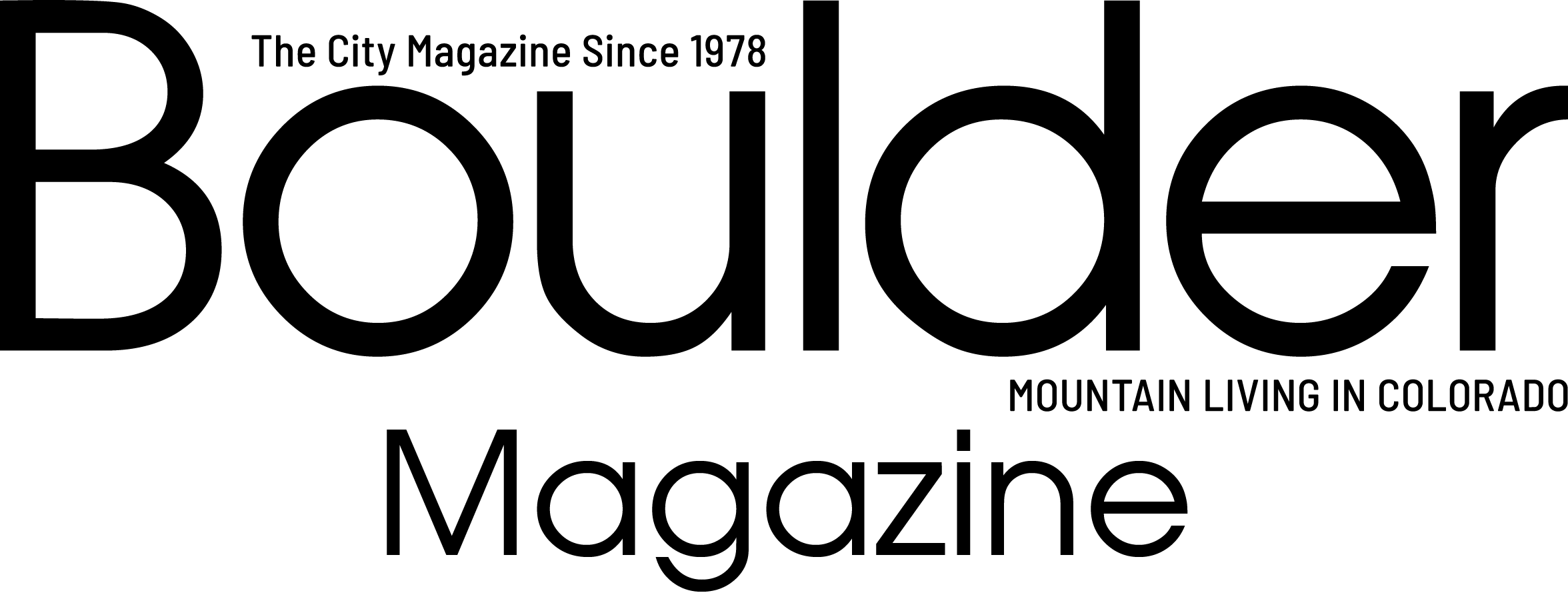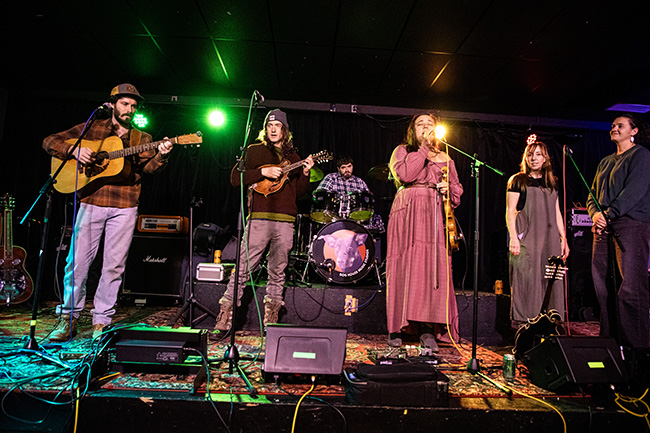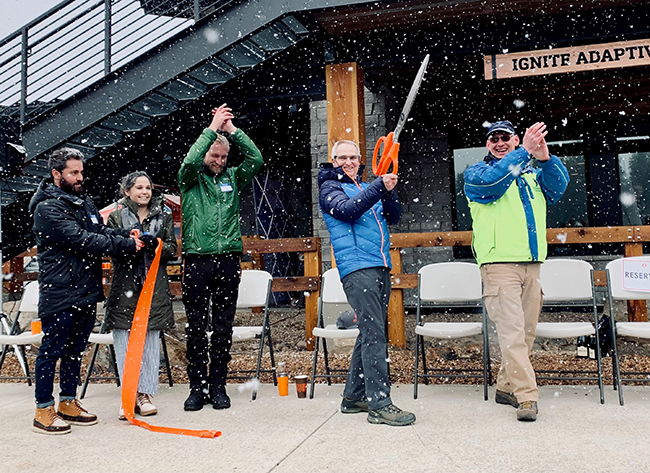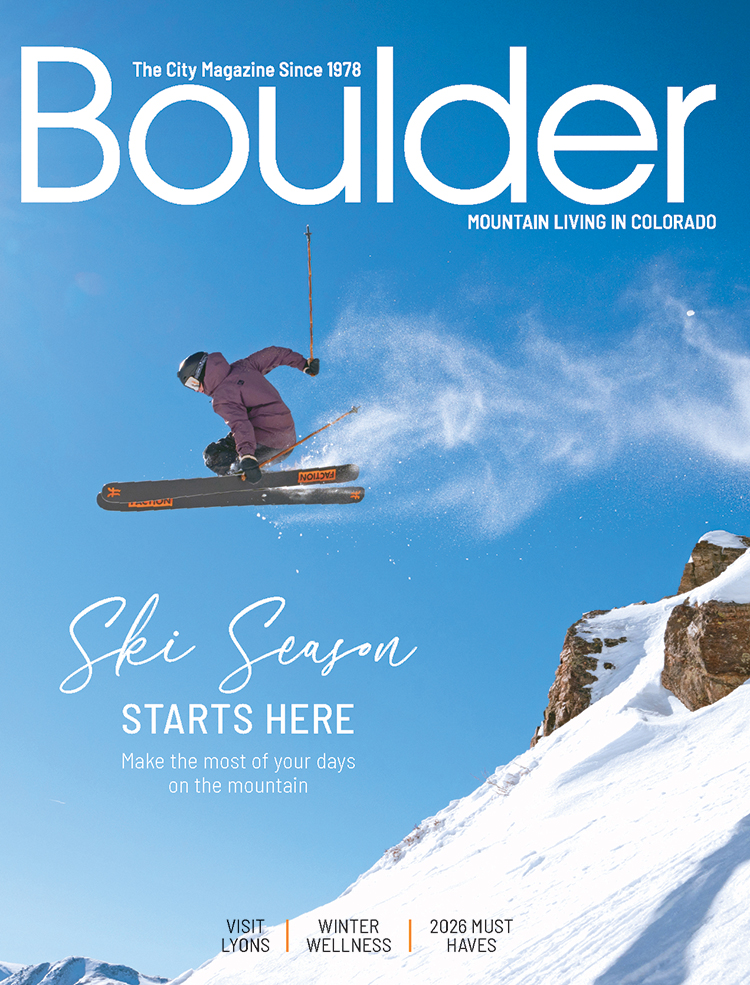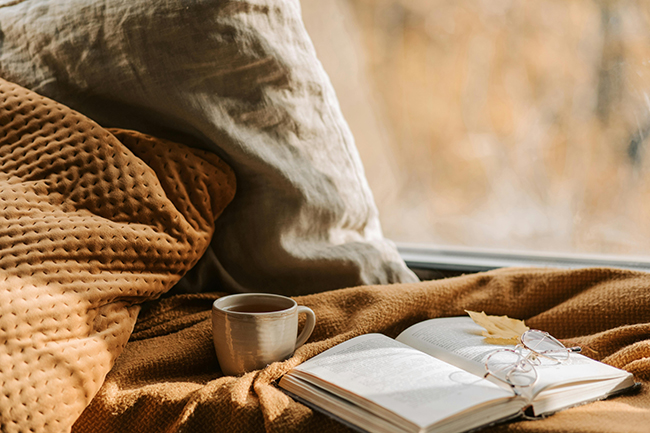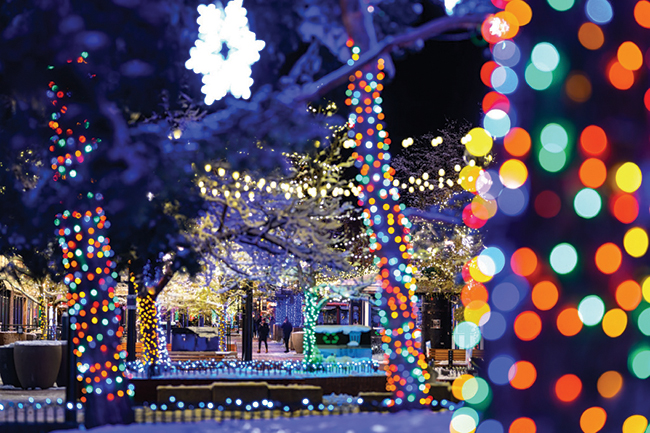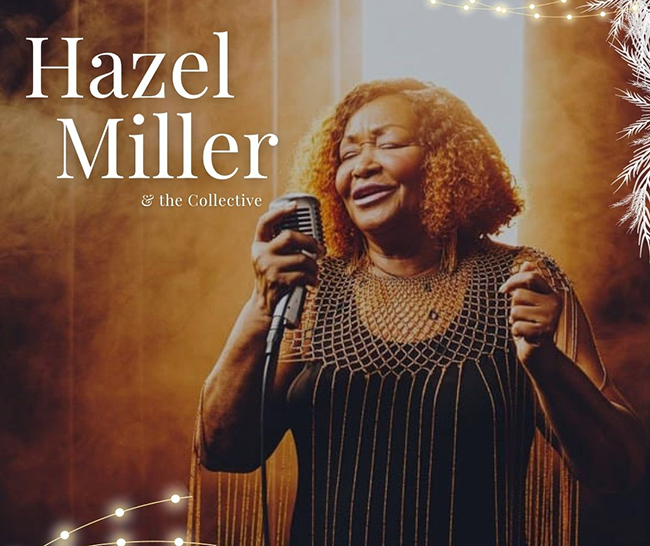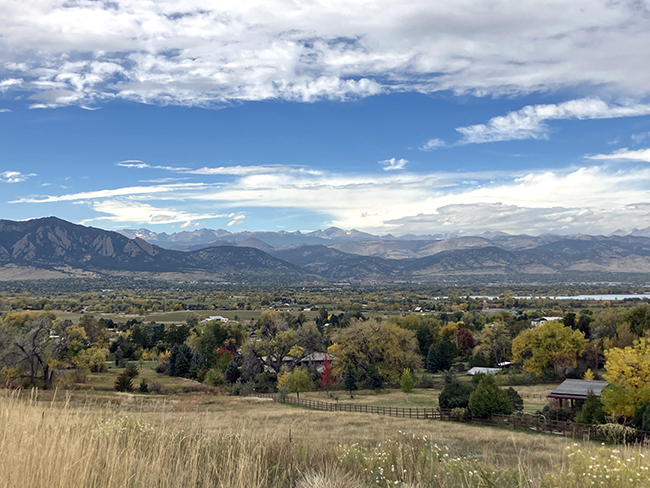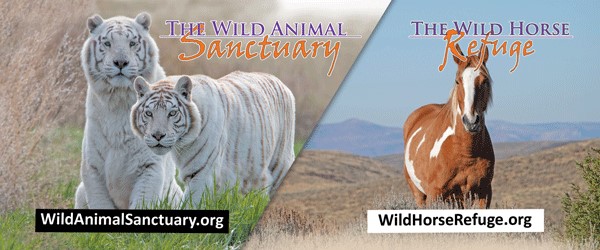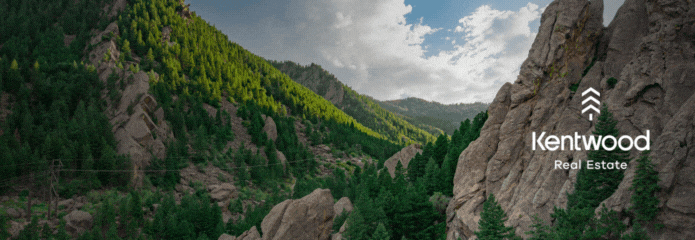Inspiring Artists
03 Feb 2025
Boulder County’s Artist-in-Residence Program offers a beautiful break from the daily grind to simply create
By McKenzie Watson-Fore
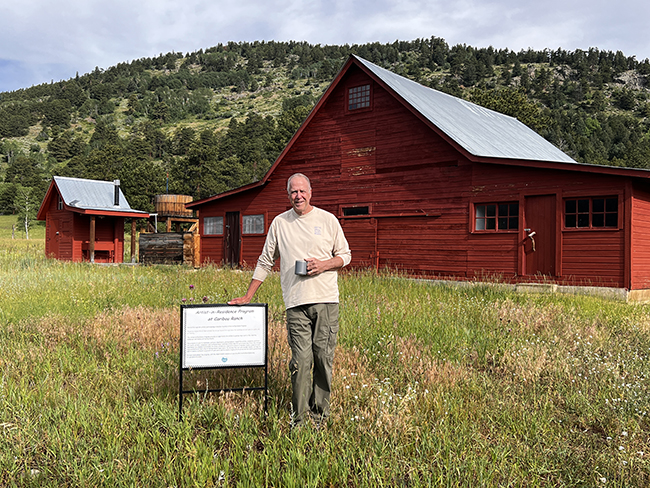
If you’ve ever been hiking at Caribou Ranch Open Space north of Nederland, you’ve probably seen the bright red barn and matching outbuilding of the historic DeLonde homestead. Both structures are closed to the public. Get close enough, and your path will be blocked by a black framed marker that states, “Behind this sign are artists participating in Boulder County’s Artist-in-Residence Program.” The barrier, captivates with its implicit promise: art is happening on the other side.
Nestled below the striking silhouette of the Continental Divide, Caribou Ranch exemplifies the rugged natural beauty of the Front Range. Its placid valley scooped out by melting glaciers over a million years ago, is speckled with wildflowers in all shades and rimmed by aspen and different types of pine. North Boulder Creek and DeLonde Creek sluice through the property, providing habitats for frogs, beavers, snakes and more. Caribou Ranch straddles several ecosystems, including montane woodland, subalpine forest, riparian zones and hay meadows. The vegetal biodiversity supports a rich variety of wildlife. Moose and elk graze in the clearings; migratory birds wing overhead. The park is closed to all human visitors in April, May and June to protect the space for elk calving and rearing. In addition to its natural assets, the Open Space Park is also home to the Blue Bird Mine Complex, a historic silver mine dating back to the 1870s that, though defunct, remains intact as an open-air museum. In the 1930s, Lynn Van Vleet bought what was then known as the Tom Tucker Ranch, adjacent to the mine complex, which he converted into the Lazy VV Ranch, Colorado’s first Arabian horse breeding operation. On a nearby property is where Jim Guercio, in 1971, opened his legendary mountain-air-infused Caribou Ranch Recording Studio, which provided recording space to some of music’s most prominent artists during the ’70s and ’80s.
In 2011, former Boulder County Parks & Open Space (BCPOS) planning manager Rich Koopman and former director Ron Stewart discussed ways to expand the park’s usage beyond hikers and birders. They decided to repurpose the historic DeLonde homestead for an artist residency. In the ten-plus years since then, the DeLonde Barn has been a temporary home to more than sixty artists during their allotted stints of creative freedom. Selected artists—typically five per year—are awarded a four-day stay in the renovated barn, divided into living and studio spaces. During their residency, artists are granted exclusive access to trails and other parts of the property off-limits to regular visitors. Furnishings and amenities are sparse: there is no Wi-Fi, the artists are responsible for their own food and linens, and the restroom on site is an outhouse with a pit toilet. The residency is solitary—only one resident at a time, though residents may bring a partner—and unstructured, which allows artists to manage their time as they see fit. Each resident’s only interaction with other participants is via a simple guestbook, a collective travelogue for the artists’ creative journeys.
Stripped of distractions and daily demands, the artists can devote all their time and attention to their crafts. In August 2012, writer and musician Gregory Hill spent his week in the barn finishing the first draft of his second novel. In a testimonial shared with the Artist-in-Residence (AIR) program, Hill recalls, “In total, I wrote twenty thousand words—that’s ten weeks of work in five days.” The total immersion in place allows artists to cultivate a sense of rootedness and attunement. For Marie Bush, a fine art photographer, her September 2023 residency allowed her to revisit the same scenery at all hours of day and dusk and to get a sense of the light. She and plein air painter Bill Enyart—also from the 2023 cohort—had both made countless day trips to Caribou Ranch before, but staying there for several uninterrupted days transformed the scope and depth of what they could express. “When you go up for the residency, you get to stay into the evenings, you get to experience incredible moonrises and sunsets, and see wildlife that comes out in the early hours or the late hours,” Enyart says.
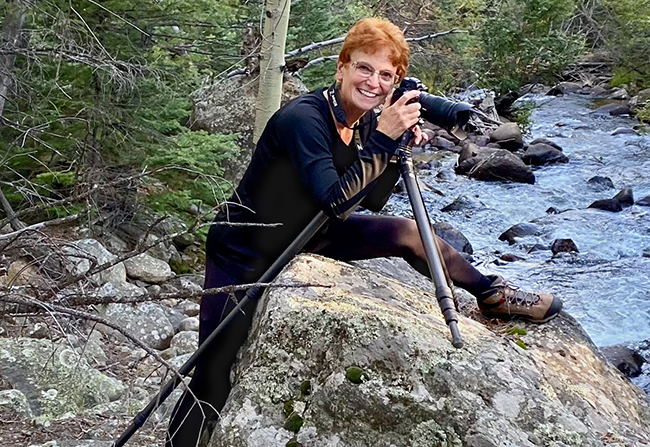
The artists selected for the Caribou Ranch Residency exhibit a broad spectrum of skills, emphases and backgrounds. While many residents work in visual media—painting, pastels, photography and even botanical illustration—the program is open to artists of all disciplines. One of the youngest recipients was eighteen-year-old Taylor Shae, a singer-songwriter who stayed at the DeLonde Barn in 2019. Kent Young, a participant from the program’s early years, carves wooden spoons. Sam Macken of the Cherokee Nation, a 2024 resident, is a composer and bassoonist in the Bozeman and Helena symphonies. Bonnie Cherni, a resident from 2019, makes nontraditional origami; Jahanara Mangus, selected in 2016, works across multiple media, including textiles, metalsmithing and painting. Some past residents are retired, having spent their careers in fields as diverse as radiology and health care law, and others work day jobs while maintaining their art practices on the side.
Each participating artist is asked to donate an original work to Boulder County Parks & Open Space within six months of their residency. The Parks & Open Space headquarters in Longmont displays the works for a year, then they are moved to various public buildings around the county. “It was one of the highlights of my career,” Enyart says. “For the artists, it’s a unique opportunity to go somewhere wild and beautiful. From a public perspective, it gives people an opportunity to meet artists, talk about the program, learn more about the arts. It’s a real win-win.” The Caribou Ranch AIR Program is—like many of the assets managed by BCPOS—a hidden gem to be appreciated, cherished and preserved.
For interested artists, the 2025 application is available on the BCPOS website and is open through February 17.
